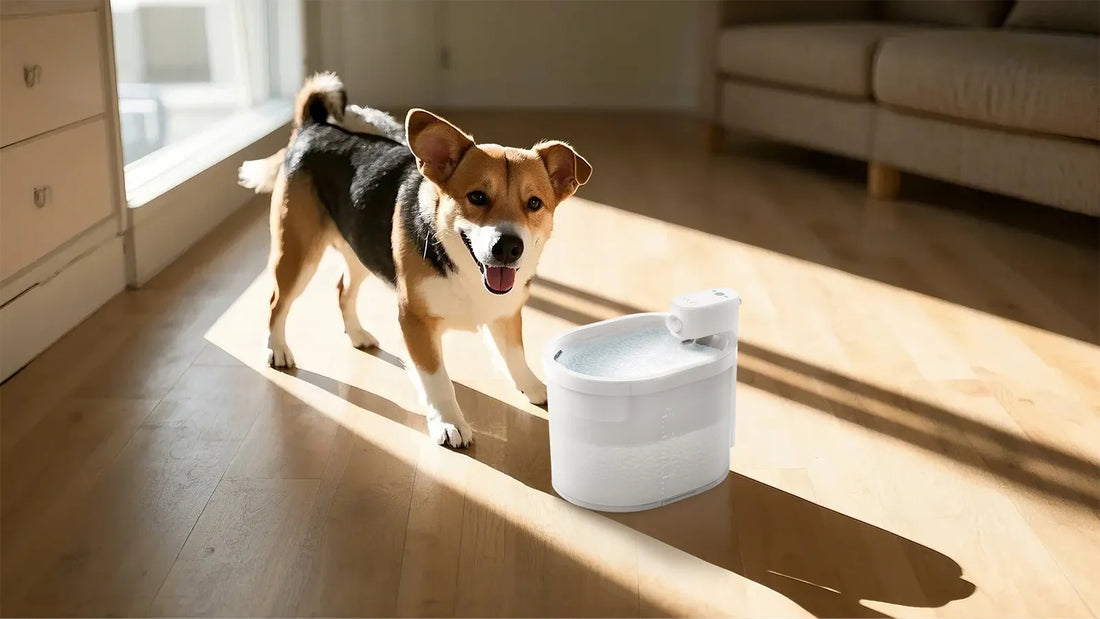Keeping your home fresh and welcoming while sharing it with a feline companion can be a challenge, especially when it comes to the cat litter box. However, with the right approach and tools, cleaning a cat litter box can become a simple and even rewarding task. This article will guide you through the essential steps and tips to ensure a clean and healthy environment for both you and your cat.
Why Cleaning the Cat Litter Box is Crucial
Regularly cleaning your cat's litter box is not just about maintaining a pleasant smell in your home. It is also vital for your cat's health and well-being. Cats are naturally clean animals, and a dirty litter box can lead to stress, anxiety, and even health issues such as urinary tract infections. Moreover, a well-maintained litter box encourages your cat to use it consistently, preventing accidents around the house.
How Often Should You Clean the Litter Box?
The frequency of cleaning depends on several factors, including the number of cats you have, the type of litter you use, and your cat's habits. As a general rule, scooping the litter box at least once a day is recommended. For households with multiple cats, you may need to scoop more frequently. Additionally, a complete litter change and thorough cleaning of the box should be done weekly to maintain hygiene and prevent odors.
Essential Tools for Cleaning the Cat Litter Box
Having the right tools can make the cleaning process much easier and more efficient. Here are some must-have items:
- Litter Scoop: A sturdy scoop with small holes to sift through the litter and remove clumps.
- Disposable Gloves: Protect your hands from bacteria and odors.
- Mild Detergent or Litter Box Cleaner: Use a gentle, unscented cleaner to avoid irritating your cat's sensitive nose.
- Trash Bags: Dispose of used litter and waste in a sealed bag to contain odors.
- Baking Soda: Sprinkle a thin layer at the bottom of the box to help neutralize odors.
Step-by-Step Guide to Cleaning the Cat Litter Box
Follow these steps to ensure a thorough and effective cleaning process:
- Remove Solid Waste: Use the litter scoop to remove clumps and solid waste daily. Dispose of it in a sealed trash bag.
- Empty the Litter: Once a week, empty the entire contents of the litter box into a trash bag. Avoid flushing cat litter down the toilet, as it can cause plumbing issues.
- Wash the Box: Rinse the litter box with warm water and a mild detergent. Avoid using harsh chemicals or strong-smelling cleaners, as they can deter your cat from using the box.
- Dry Thoroughly: Allow the box to air dry completely before adding fresh litter. Moisture can lead to bacterial growth and unpleasant odors.
- Add Fresh Litter: Pour in a sufficient amount of fresh litter, typically about 2-3 inches deep. Smooth it out evenly.
Tips for Making Cleaning Easier
Cleaning the litter box doesn't have to be a dreaded chore. Here are some tips to simplify the process:
- Choose the Right Litter: Opt for a clumping litter that makes it easier to scoop and remove waste.
- Use a Litter Mat: Place a mat under the litter box to catch any stray litter and reduce tracking around the house.
- Consider a Covered Box: A covered litter box can help contain odors and prevent litter from scattering.
- Keep Supplies Handy: Store your cleaning tools and supplies near the litter box for quick and easy access.
- Set a Routine: Incorporate litter box cleaning into your daily and weekly routines to ensure consistency.
Addressing Common Challenges
Even with the best practices, you may encounter some challenges when cleaning the cat litter box. Here's how to address them:
- Persistent Odors: If odors persist despite regular cleaning, try using an odor-neutralizing litter or adding a thin layer of baking soda to the box. Ensure the litter box is placed in a well-ventilated area.
- Litter Tracking: To minimize litter tracking, use a high-sided litter box or a litter mat. You can also experiment with different types of litter to find one that tracks less.
- Cat Avoidance: If your cat starts avoiding the litter box, it could be due to cleanliness issues or the type of litter used. Ensure the box is clean and consider trying a different litter.
The Health Benefits of a Clean Litter Box
Maintaining a clean litter box is not just about convenience; it also has significant health benefits for both you and your cat. A dirty litter box can harbor harmful bacteria and parasites, posing a risk to your cat's health. Additionally, ammonia fumes from urine can irritate your respiratory system. By keeping the litter box clean, you create a safer and healthier environment for everyone in your household.
With these tips and techniques, cleaning the cat litter box can become a manageable and even enjoyable part of your routine. Your cat will appreciate the effort, and your home will stay fresh and inviting. Start implementing these practices today and experience the difference a clean litter box can make!













